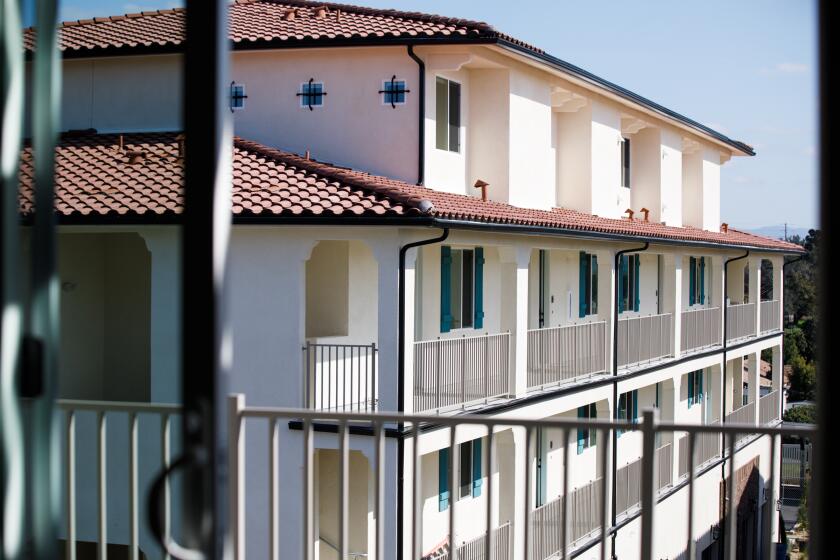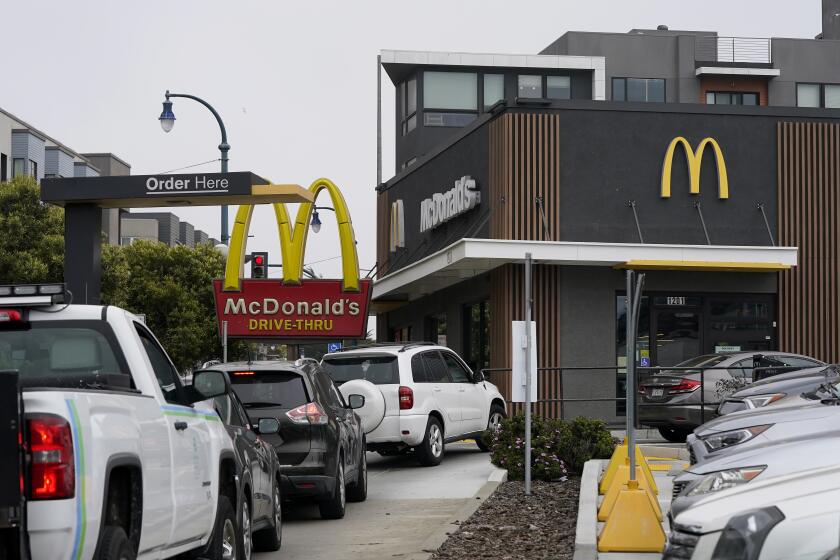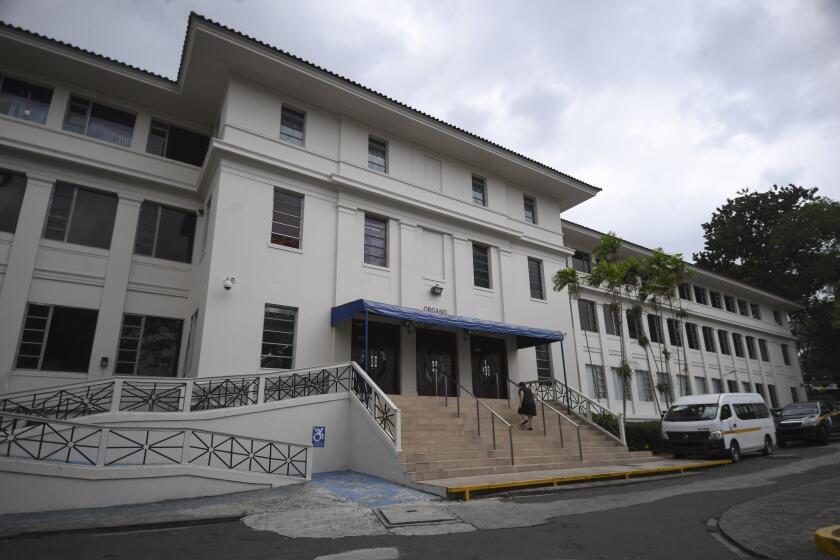San Diego to vote on new eviction moratorium. Here’s what it means for renters and landlords

City Council will vote on the moratorium Monday.
San Diego will consider an additional moratorium Monday to stop residents from being evicted.
Called a no-fault eviction, the additional measure would stop landlords from removing a tenant if they want to take the property off the market or make significant repairs. However, it would allow the landlord to remove a tenant if the owner wants to move back in or move a family member in.
This story is for subscribers
We offer subscribers exclusive access to our best journalism.
Thank you for your support.
California extended its statewide eviction moratorium Thursday to June 30. The state measure prevents evicting a tenant because of nonpayment of rent if the hardship is related to COVID-19. The San Diego proposal is different — it would close what some have argued is a loophole.
Currently, landlords in San Diego — and throughout the state — can kick out a tenant if they want to sell the property, move back in or make significant repairs. San Diego’s law would apply to all renters in the city. California’s recent eviction moratorium only applies to renters who applied for rent relief by March 31.
If passed, the city’s new law would have the potential to last a long time, remaining in place 60 days after its “state of emergency” ends. San Diego has been under the designation since March 2020, and there is no guarantee when it will end, as a new Omicron subvariant, BA.2, has become the dominant strain in the United States.
“We need to strengthen tenant protections in San Diego, in general,” said Council President Sean Elo-Rivera, who proposed the moratorium, in a video conference Wednesday.
He said while the city is still in a state of emergency, renters need protection so they don’t become homeless. He cited data from the Legal Aid Society of San Diego, which said it received 465 requests for help with no-fault evictions from late July to March 25. Gilberto Vera, an attorney with the legal aid society, said they do not have data to compare with past time periods, but he said there has been a large increase in requests.
Vera said 23 percent of their calls are for no-fault evictions. The legal aid group provides help for around 20 rental issues, including potential discrimination, claims of lease violations and Section 8 housing voucher problems.
A renter could still be evicted for illegal activity or nuisances under California’s recently extended moratorium. A big difference between California’s moratorium and San Diego’s proposal: To avoid eviction for nonpayment of rent, the tenant would have had to apply for rent relief by March 31. If they missed the deadline, they can be evicted for nonpayment of rent. In San Diego, the no-fault moratorium would apply to all renters, regardless of whether they applied for aid.
Elo-Rivera said it is important to note that San Diego’s action is related to people who are actually paying rent but are being kicked out for a different reason.
“These are people that have done nothing wrong,” he said.
Landlords strongly oppose the council president’s plan, and the statewide California Apartment Association is asking its members to contact the city to voice opposition.
Lucinda Lilley, president of the Southern California Rental Housing Association, said the city’s proposal goes too far beyond what should be considered eviction protection. She said she understands the state’s extension of its moratorium because that was done to give tenants more time to get rent relief funds. But the city’s proposal blocks a landlord from actions that she said should be considered part of their property rights, such as selling a home or making repairs.
“It takes away the rights of rental property owners to do any of those things,” she said.
Since the proposal would last until after the emergency order is lifted, Lilley said that with the ever-changing COVID situation, it basically means it goes for “an indefinite amount of time.”
The statewide eviction moratorium, which was set to end March 31, was extended because cities and municipalities said they needed more time to distribute rent relief funds.
San Diego has about $4 million left in its rent relief program, said the San Diego Housing Commission. Those funds are set to go to households that have already applied, said commission spokesman Scott Marshall. So far, the city has distributed $191.7 million to 16,656 qualifying households.
Elo-Rivera’s proposal has a few exemptions. It would allow an owner to remove a tenant if they vacate all units in a building. This would prevent a landlord from removing one tenant at a time. However, if the landlord clears the whole building, they must give six months’ written notice to the renters.
Also, an owner can remove a tenant to put a family member in, but it can’t be just anyone, such as a distant cousin. It is limited to parents, grandparents, children, or grandchildren. In that case, the landlord must give the renter 90 days’ notice.
If passed, this law would only affect the city. San Diego County’s eviction moratorium expired in August. Similar to the city’s new proposal, the county’s eviction ban was seen as too strict by some and faced an unsuccessful lawsuit.
The countywide law prevented homeowners from moving back into properties and brought complaints from landlords. The Southern California Rental Housing Association unsuccessfully sued the county, arguing it violated property rights guaranteed in the U.S. Constitution.
U.S. District Court Judge M. James Lorenz sided with the county in his decision to uphold the law. “The harm (landlords) are suffering in terms of stress and emotional hardship will be short-lived, as the Ordinance is set to expire in the middle of August 2021,” he wrote in his July 2021 decision.
While San Diego is considering new eviction moratoriums tied to COVID-19, many other cities and states have let them expire. New York and New Jersey let protections expire in January, Washington ended moratoriums in November, and Florida’s rules expired in September 2020. While there were differences across the dozens of moratoriums, the basic gist has been that a renter couldn’t be kicked out if they lost their job or had significant medical bills due to the virus. In California’s case, renters would have needed to fill out an application to prove COVID-related hardship.
Most states were only under the federal eviction moratorium, which expired in August.
Some cities had their own eviction moratoriums, separate from the state. Seattle’s eviction law ended in March, Chicago’s protections ended in December, and Austin’s moratorium ended in March. Los Angeles County extended its eviction moratorium until the end of this year. Its law applies to all cities and unincorporated areas in the county.
Elo-Rivera’s office said Friday that it was going forward with the proposal despite the state extension. Chris Chan, director of communications for the council president, said the two actions are separate because the state law still allows for no-fault evictions.
Get U-T Business in your inbox on Mondays
Get ready for your week with the week’s top business stories from San Diego and California, in your inbox Monday mornings.
You may occasionally receive promotional content from the San Diego Union-Tribune.










